Elon Musk’s Starlink now controls nearly two-thirds of active satellites. SpaceX launched its 7,000th Starlink satellite this week.
The constellation has grown by an average of three satellites daily since 2019. This milestone reinforces SpaceX’s dominance in the satellite internet market.
Starlink’s Rapid Growth Outpaces Competitors
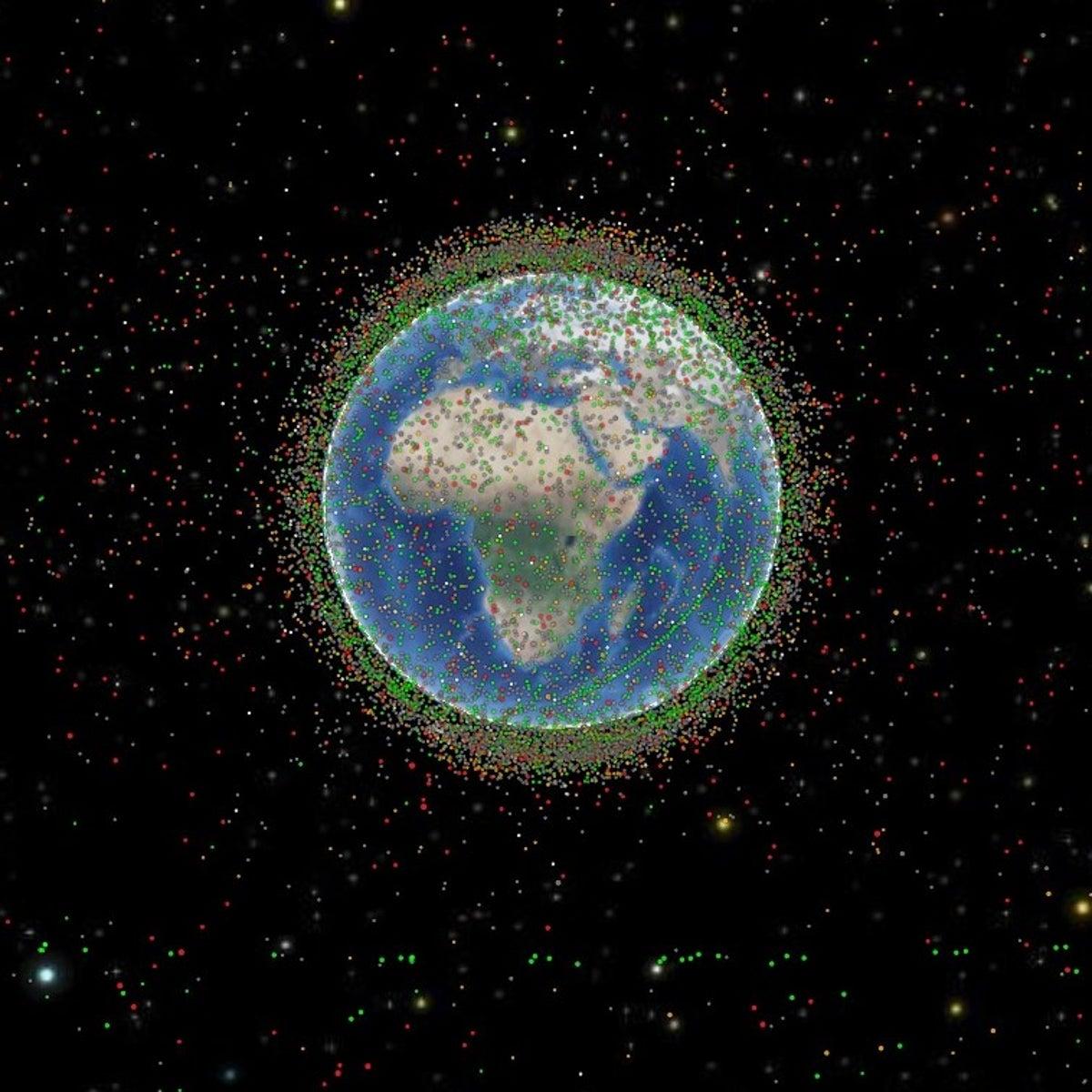
Starlink’s satellite count has increased six-fold in three years. It now has 6,370 active satellites, dwarfing its closest rival.
OneWeb, Starlink’s nearest competitor, has roughly one-tenth the number of satellites. This rapid expansion demonstrates SpaceX’s aggressive deployment strategy.
SpaceX’s Ambitious Plans for Global Internet Coverage
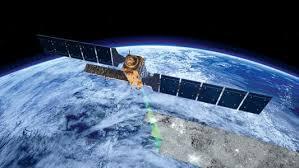
The company aims to launch up to 42,000 Starlink satellites. This massive constellation will provide worldwide high-speed internet access.
Starlink currently operates in 102 countries with over three million customers. The service’s global reach continues to expand rapidly.
Geopolitical Implications of Starlink’s Expansion
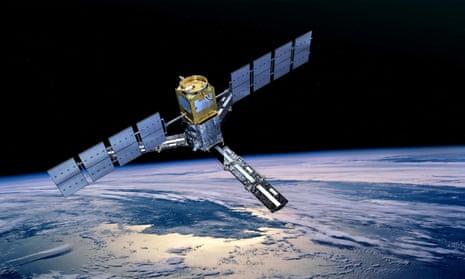
Starlink faces restrictions in certain countries due to embargoes. However, activists have used the service in restricted areas like Iran.
The network’s global presence raises questions about information control and access. Starlink’s reach could potentially influence international relations and internet freedom.
Musk’s Growing Influence in Global Data Access
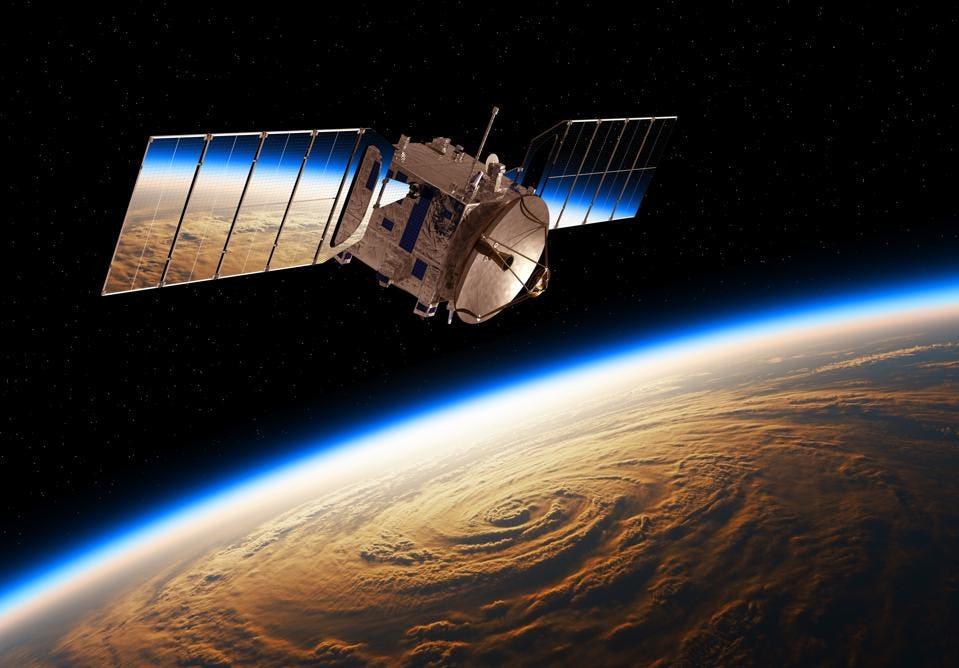
Elon Musk now controls a significant portion of orbital assets. This control extends his influence over global economic data.
Musk’s companies, including Tesla and X (formerly Twitter), provide him with unprecedented data access. This concentration of information power raises concerns about privacy and data control.
Regulatory Challenges and International Responses
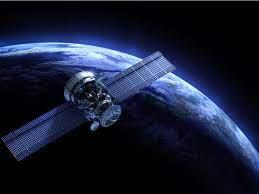
Some countries have taken action against Musk’s platforms. Brazil recently banned X, affecting Starlink’s services there.
These incidents highlight the complex relationship between tech companies and national regulations. They also underscore the potential for conflicts between global tech services and local laws.
Environmental and Space Debris Concerns
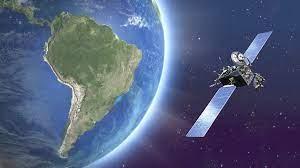
The rapid increase in satellite numbers raises environmental concerns. Space debris from defunct satellites could pose risks to other spacecraft.
The astronomical community has expressed worry about light pollution affecting observations. These issues prompt discussions about sustainable space utilization.
Economic Impact of Starlink’s Global Reach
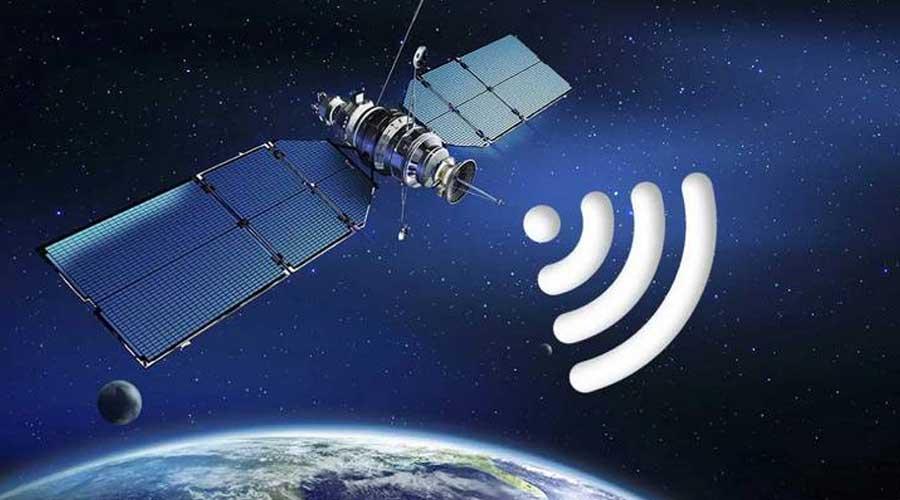
Starlink’s expansion has significant economic implications. It provides internet access to previously underserved areas.
This could boost economic activities in remote regions. However, it also challenges traditional telecommunications providers. The service’s growth may reshape global internet infrastructure economics.
Technological Advancements in Satellite Internet

Starlink’s success demonstrates advancements in satellite technology. The constellation uses low-Earth orbit for reduced latency.
This approach differs from traditional geostationary satellites. Starlink’s model could inspire further innovations in space-based communications.
Future of Space-Based Internet Services
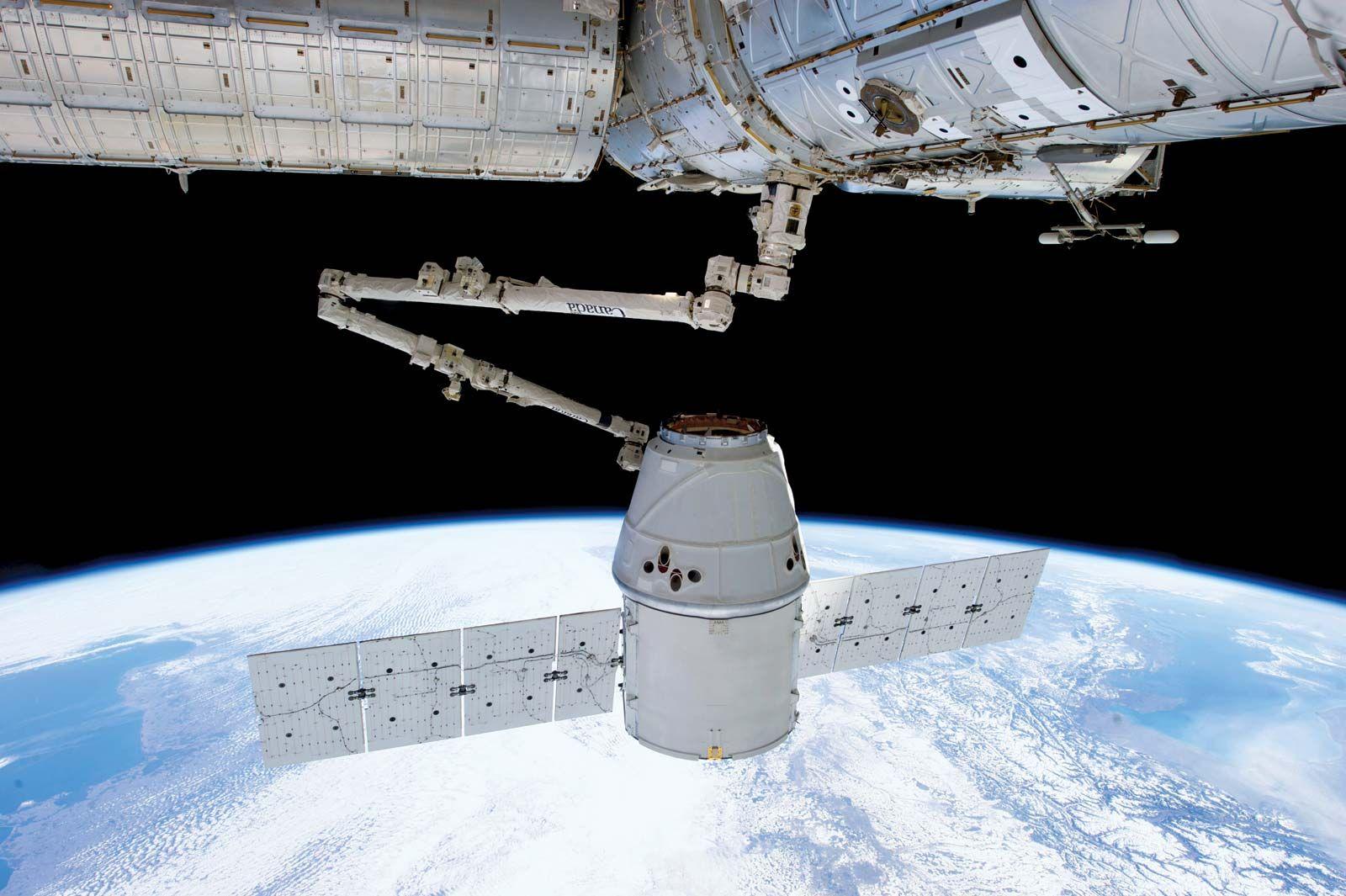
Starlink’s dominance may shape the future of internet access. Its success could encourage more companies to enter the market.
This competition might lead to improved services and lower costs. However, it also raises questions about the sustainable use of orbital space and potential monopolization.


